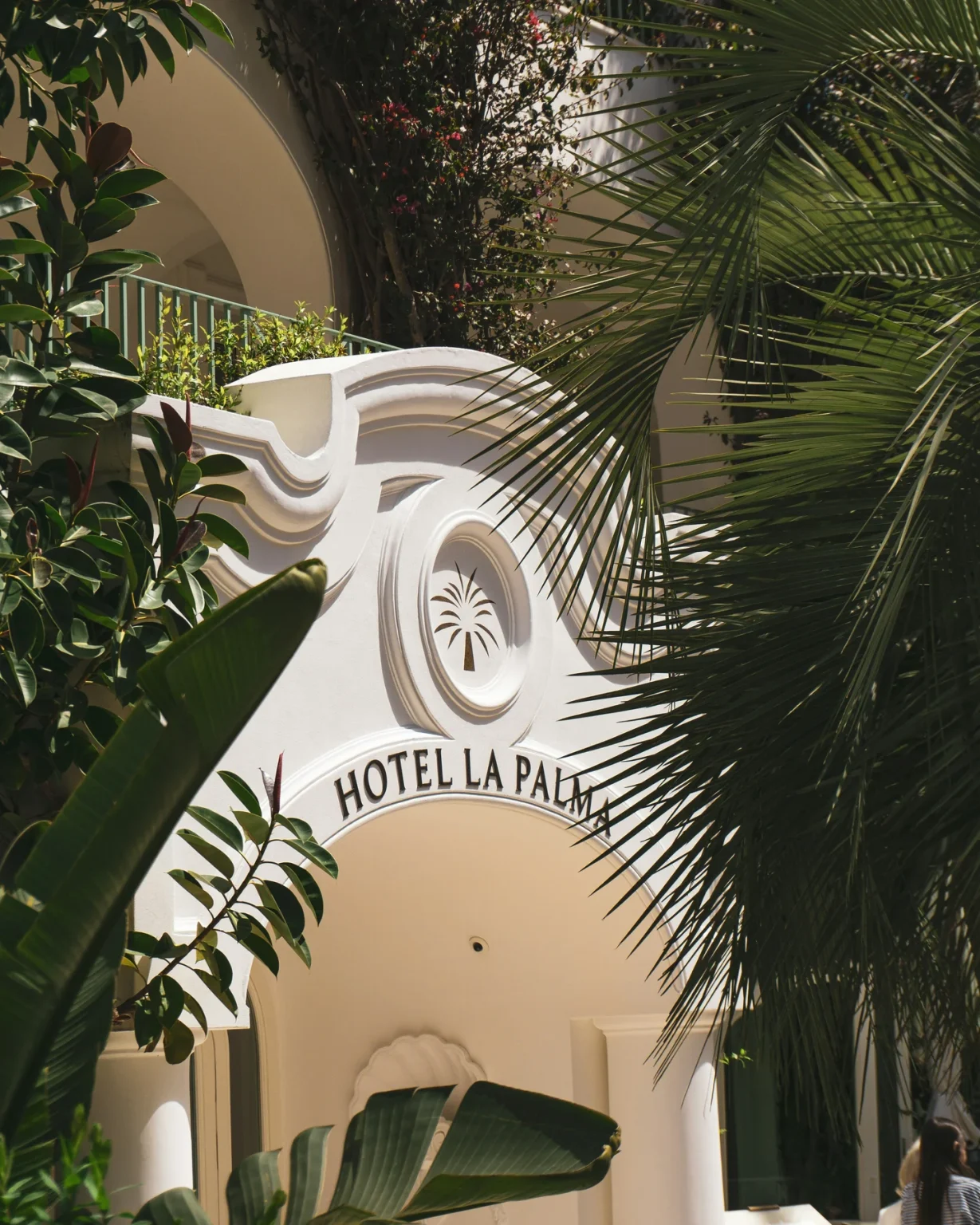In hospitality, fixed costs remain constant regardless of occupancy, covering expenses like rent, salaried personnel, insurance, and core systems. In contrast, variable costs fluctuate with operational volume, including consumables, outsourced services, and hourly labor. While variable costs provide scalability, they require strategic oversight, particularly in departments like F&B and spa, where inefficient demand forecasting or resource allocation can rapidly erode profitability.
From a profit and cost structure perspective, revenue generated from fixed-cost services like room sales tends to have higher margins, because once the cost base is covered, each additional booking contributes almost entirely to profit. By contrast, variable-cost services like catering, spa, and events can become highly profitable only when operations are efficient and demand is properly targeted. Key performance indicators (KPIs) to monitor include: GOP (Gross Operating Profit), GOPPAR (GOP per Available Room), F&B cost %, labor cost %, RevPASH (Revenue per Available Seat Hour), and RevPATH (Revenue per Available Treatment Hour).
This is where marketing strategy becomes a powerful financial lever. While it cannot reduce fixed expenses like rent or salaries, marketing plays a critical role in driving demand for variable-revenue services and in maximizing the profitability of both fixed and variable cost structures. By crafting strategic offers, targeting high-value segments, and optimizing the timing and framing of promotions, marketing transforms underutilized capacity into high-margin revenue, directly impacting the bottom line.
At Kaïa, we create hyper-targeted event packages, such as “Sunset Micro-Wedding” that bundles existing hotel space, catering, photography, and a premium suite. This transforms a complex, low-utilization service into a highly-profitable fixed-price experience. By controlling internal costs (set F&B portions, limited room use, negotiated vendor pricing) and combining that with emotionally compelling marketing, we help hotels increase profit per event, reduce sales friction, and maximize use of existing capacity. Here, marketing influences KPIs like average spend per event, conversion rate, RevPACE (Revenue per Available Conference/Event Space), and even guest satisfaction (GSS/NPS).
This is what Kaïa does. We know hospitality.
Our strategies are operationally intelligent, financially precise, and emotionally compelling. Whether boutique or full-service, we turn your services into high-margin experiences that drive measurable growth.
REFERENCES:
Enz, C. A. (2010). Hospitality strategic management: Concepts and cases (2nd ed.). Wiley.
Hayes, D. K., Ninemeier, J. D., & Miller, A. A. (2016). Hotel operations management (3rd ed.). Pearson.
Sturman, M. C., Corgel, J. B., & Verma, R. (2011). The Cornell School of Hotel Administration on hospitality: Cutting edge thinking and practice. Wiley.
Tesone, D. V. (2012). Principles of management for the hospitality industry. Routledge.
Kasavana, M. L., & Brooks, R. M. (2015). Managing front office operations (9th ed.). AHLEI.
Jones, P., & Lockwood, A. (2004). The management of hotel operations. Cengage Learning.Kotler, P., Bowen, J. T., & Makens, J. C. (2017). Marketing for hospitality and tourism (7th ed.). Pearson.
